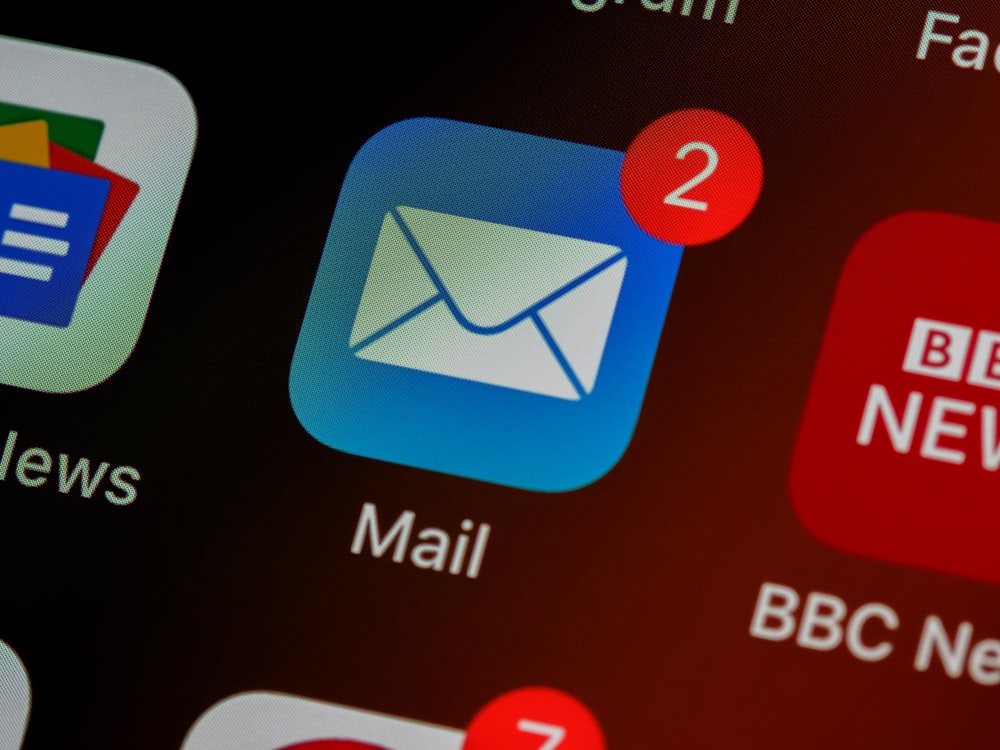Writing Copy for Product Update Emails
Product update emails work best when they’re short, clear, and focused on value. Readers want to know what changed, why it matters, and what to do next. This guide offers a simple blueprint for writing update emails that users read and act on.
1) Lead with the outcome
Start with how the change helps: “Save time with reusable workflows,” not “We launched workflows.” Outcome-first phrasing answers “why should I care?” immediately.
2) Show, don’t tell
Include a small screenshot or a short GIF preview. Keep visuals lightweight and accessible with alt text. Provide a link to a short doc or changelog for details.
3) One action
Offer a single next step: “Enable in Settings > Automation,” “Try it on your next task,” or “Join a 10‑minute walkthrough.” Avoid a menu of options.
4) Tone and pacing
Avoid hype; be specific. If the change affects workflows, reassure users with timelines or migration notes. For large updates, consider a follow‑up tip a week later rather than one long email.
Template
Subject: “Faster reporting with templates”
Opener: “We added report templates so you can publish in minutes.”
Proof: “Beta users cut prep time 28%.”
CTA: “Turn it on in Settings > Reports.”
Key takeaway
Focus on the user’s outcome, keep the copy brief, and make the next step obvious. You’ll increase adoption without overwhelming readers.
Avoid these traps
- Feature-first language that hides the value.
- Massive changelog dumps—link to details instead.
- Multiple competing CTAs that create indecision.
- Images without alt text or heavy GIFs that slow load.
Sample outline
Headline: “Automations: save 15 minutes per workflow”
Opener: “Create reusable steps for tasks you repeat.”
Visual: small annotated screenshot with alt text
CTA: “Enable in Settings > Automation”
FAQ
Include pricing? Only when it changes. Otherwise link to docs. Keep the email’s focus on the value and the next step.
Multiple updates? Send a monthly digest or separate short emails. Avoid long, mixed messages.
Wrap‑up
Update emails should be quick to grasp and easy to act on. Outcome first, one action, and a visual if it clarifies. Respect readers’ time and adoption will follow.



